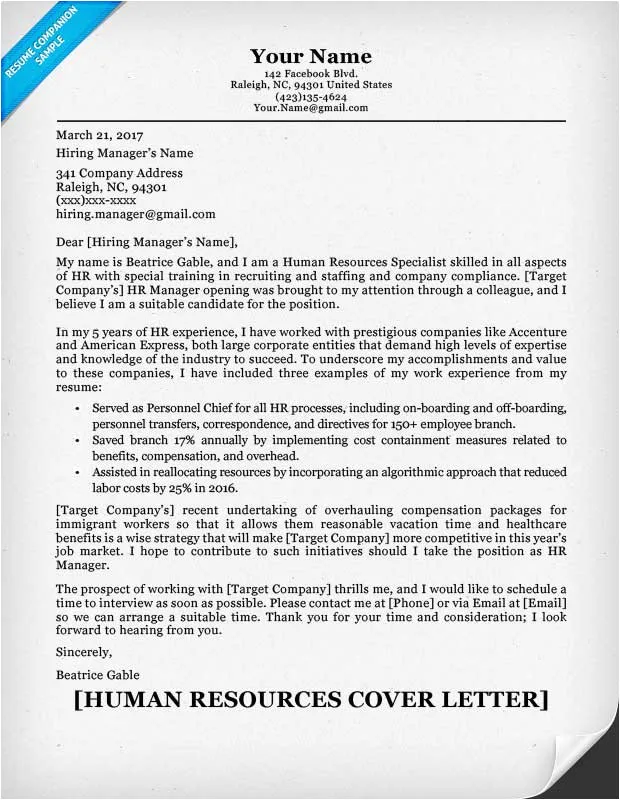Understanding the Importance of HR Cover Letters
In the competitive landscape of job applications, a well-crafted cover letter is your first opportunity to make a lasting impression on Human Resources (HR) professionals. It goes beyond simply reiterating the information in your resume; it provides a platform to showcase your personality, passion for the role, and understanding of the company’s needs. For HR positions specifically, your cover letter becomes even more crucial as it demonstrates your communication skills, attention to detail, and ability to align your qualifications with the job requirements. This is your chance to stand out from the crowd and make a compelling case for why you are the ideal candidate for the HR role. Moreover, it offers a space to expand on your experiences, and explain how you can provide value to the company. Therefore, understanding the significance of a well-written cover letter is the first step to getting hired.
Why a Strong Cover Letter Matters
A strong cover letter is more than just a formality; it’s a strategic tool that can significantly increase your chances of landing an interview. It allows you to personalize your application, demonstrating that you’ve taken the time to understand the company and the specific HR role you’re applying for. By highlighting your relevant skills and experiences and connecting them to the job requirements, you make it easy for HR professionals to see your potential. It is essential to remember that a cover letter allows you to show the human side of your application and explain any gaps or unique skills that might not be immediately apparent on your resume. A strong cover letter helps you make a connection. It can also provide you with a competitive edge over other applicants and increases the likelihood of getting your foot in the door for the interview stage.
First Impressions & Professionalism
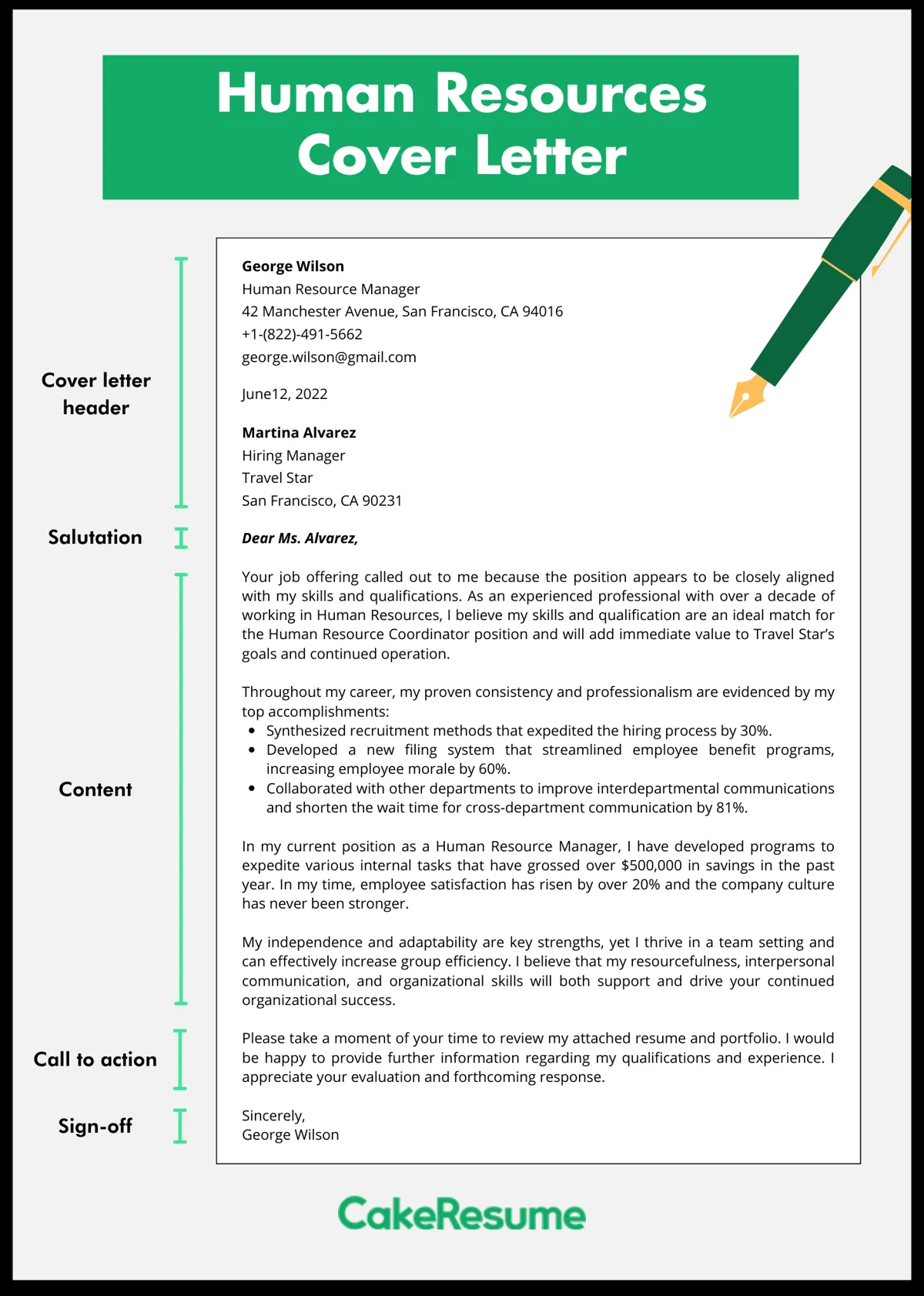
Your cover letter is often the first point of contact between you and the hiring manager, making a strong first impression essential. A polished, well-written cover letter showcases your professionalism and attention to detail. Proper formatting, clear language, and a professional tone are crucial elements that demonstrate your commitment to excellence. Ensure your letter is free of typos and grammatical errors, as these can immediately signal a lack of professionalism. The first few sentences of your cover letter are particularly important; they should grab the reader’s attention and clearly state the position you’re applying for and why you’re interested. This sets the stage for a positive interaction. Your attention to detail will signal that you are the right person for the HR role. In an HR role, an emphasis on first impressions is important, show that in the cover letter.
Key Components of an HR Cover Letter
A powerful HR cover letter includes several key components that work together to create a compelling narrative. First, you need a professional heading with your contact information and the date. Next, address the letter to a specific person if possible; otherwise, use a general greeting. In the opening paragraph, clearly state the position you’re applying for and how you learned about the opportunity. The body of your letter should highlight your relevant skills, experience, and accomplishments, and connect them to the job requirements. Provide specific examples to illustrate your capabilities and quantify your achievements whenever possible. A strong closing paragraph summarizes your interest and expresses your enthusiasm for the position, and reiterates your call to action. Including all of these elements will show you are detail-oriented and organized, an important skillset in HR.
Personalizing Your Cover Letter
Generic cover letters are easily dismissed. To make a significant impact, personalize your letter to match the specific role and company. Research the organization and tailor your letter to align with their values, culture, and the requirements of the HR position. Read the job description carefully and identify the key skills and qualifications the employer is seeking. Then, use your cover letter to demonstrate how your experience and expertise align with these needs. When addressing the company, mentioning a specific project, or initiative that resonates with the company’s goals can strengthen your application. Customize the language and tone to reflect the company’s brand and values. This level of personalization showcases your genuine interest in the role and the organization, making your application stand out from the crowd.
Researching the Company & Role
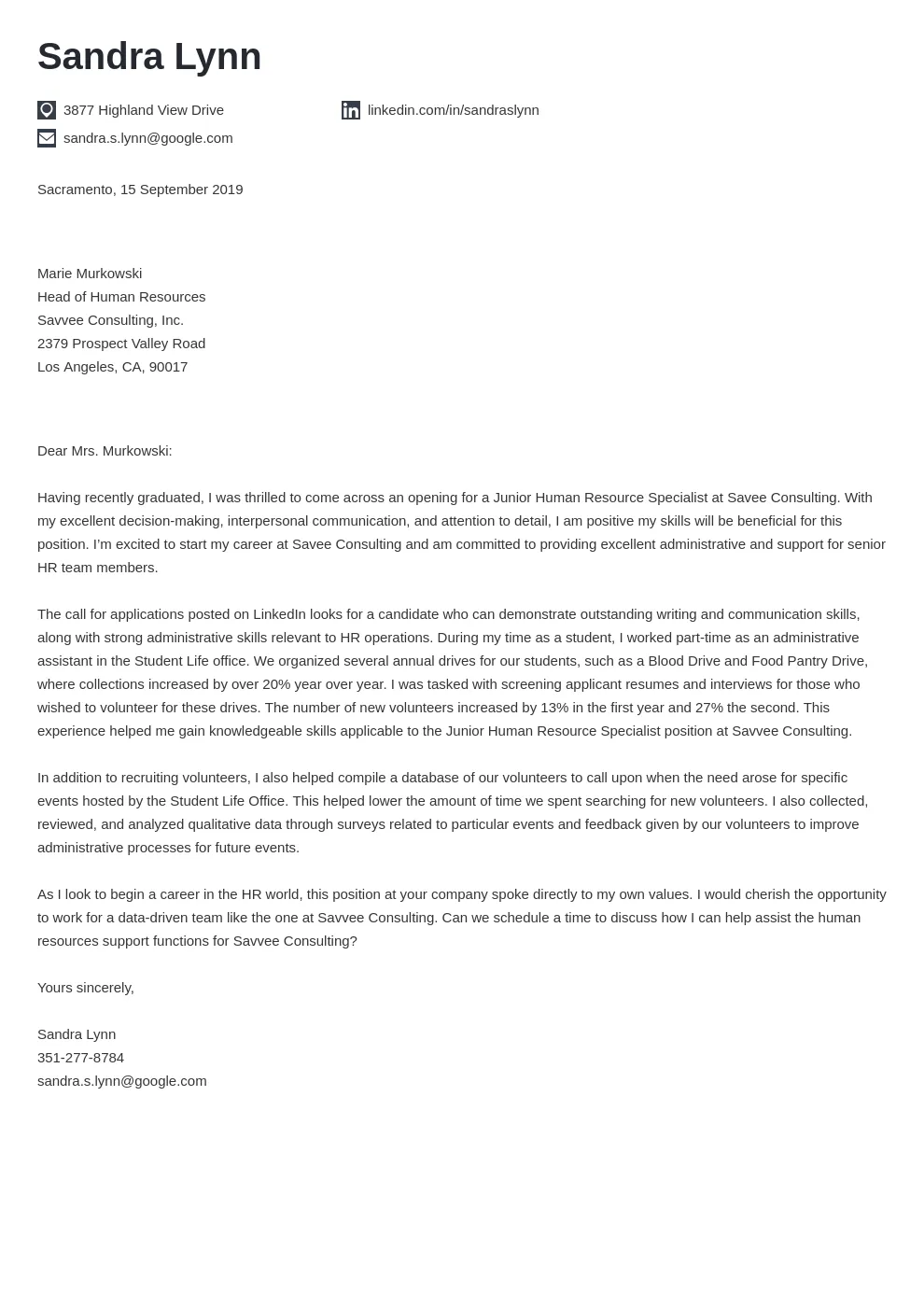
Before you start writing, thoroughly research the company and the specific HR role you’re targeting. Visit the company website, review their social media profiles, and search for news articles or press releases. This research will give you valuable insights into their mission, values, and current initiatives. Understand the responsibilities of the HR position and the skills and qualifications required. Pay close attention to the job description and identify the key requirements and desired qualifications. Tailor your cover letter to highlight the relevant experiences and skills that match those requirements. Show your prospective employers that you understand their business needs and explain how your background and experience can contribute to their company goals. Demonstrating that you’ve done your homework can make a huge impact, and it demonstrates a genuine interest in the position.
Highlighting Relevant Skills & Experience
The body of your cover letter should focus on showcasing your most relevant skills and experiences. Align your skills with the job requirements and highlight examples from your professional background that demonstrate your abilities. If the HR position requires experience with recruitment, emphasize your success in sourcing, screening, and interviewing candidates. If the role requires expertise in employee relations, showcase your ability to handle conflicts, mediate issues, and create a positive work environment. Use action verbs to describe your accomplishments and avoid simply listing your responsibilities. Instead, focus on what you achieved and the impact you made in previous roles. Make sure to provide context for your experiences. Doing this will show employers that your skills align with the job at hand.
Quantifying Achievements for Impact
To make your cover letter even more impactful, quantify your achievements whenever possible. Numbers and data add credibility to your claims and demonstrate the tangible results you have delivered in previous roles. For example, instead of saying “improved employee retention,” state “increased employee retention by 15%.” If you’ve successfully streamlined a process, mention the percentage of time or cost savings. If you’ve implemented a new HR system, quantify the increase in efficiency or the reduction in errors. By providing measurable results, you showcase your ability to drive positive outcomes and add value to the organization. Make sure to include the context of those achievements.
Tailoring Your Letter to the Job Description
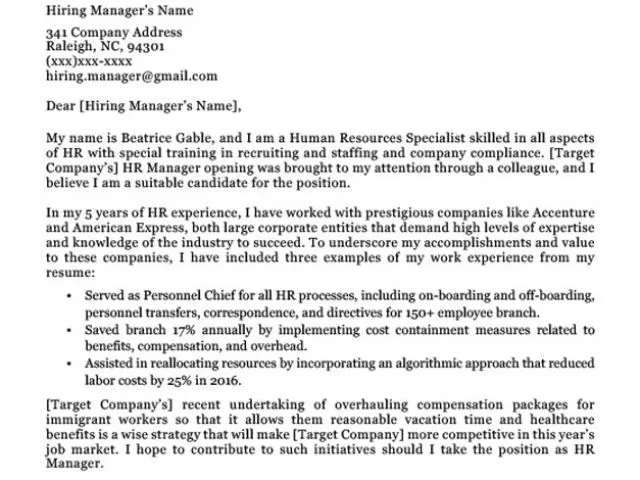
One of the most crucial aspects of a successful HR cover letter is tailoring it to the specific job description. Start by carefully reading the job posting and highlighting the key skills, qualifications, and responsibilities. Then, customize your cover letter to address these specific requirements. Use the same keywords and phrases from the job description, if appropriate. Be sure to match the key skills and abilities sought by the employer with your own experiences. Provide detailed examples of how you have demonstrated these skills in previous roles. Show how your skills and experience align with the job description to demonstrate to the hiring manager that you have the experience and are the right candidate for the HR position.
Formatting and Structure for HR Cover Letters
Effective formatting and structure are essential for presenting your information in a clear and professional manner. Start with a professional heading that includes your contact information, the date, and the recipient’s information. Use a clear and easy-to-read font such as Arial or Times New Roman, with a font size between 11 and 12 points. Divide your cover letter into logical paragraphs with clear topic sentences. This helps the reader easily follow your points and understand your qualifications. Maintain consistent formatting throughout the document, and use bullet points or lists if necessary to highlight specific skills or achievements. Avoid excessive use of jargon or overly complex language. The most important thing is to make your letter easy to read and understand.
Choosing the Right Tone & Language
The tone and language of your cover letter should be professional, enthusiastic, and tailored to the company’s culture. Research the company’s brand and tone, and then adapt your writing style accordingly. In general, it’s best to use a positive and proactive tone, and to focus on your skills and accomplishments. Avoid overly formal language or clichés. Be confident in your writing and express your enthusiasm for the HR position. Use action verbs to describe your skills and accomplishments. Show the hiring manager your interest by using language that conveys your passion for the role. Make sure the tone and language reflect your personality and professional brand. Remember that HR positions often involve communications with employees, so your writing style needs to be clear, concise, and easy to understand.
Effective Opening & Closing Statements
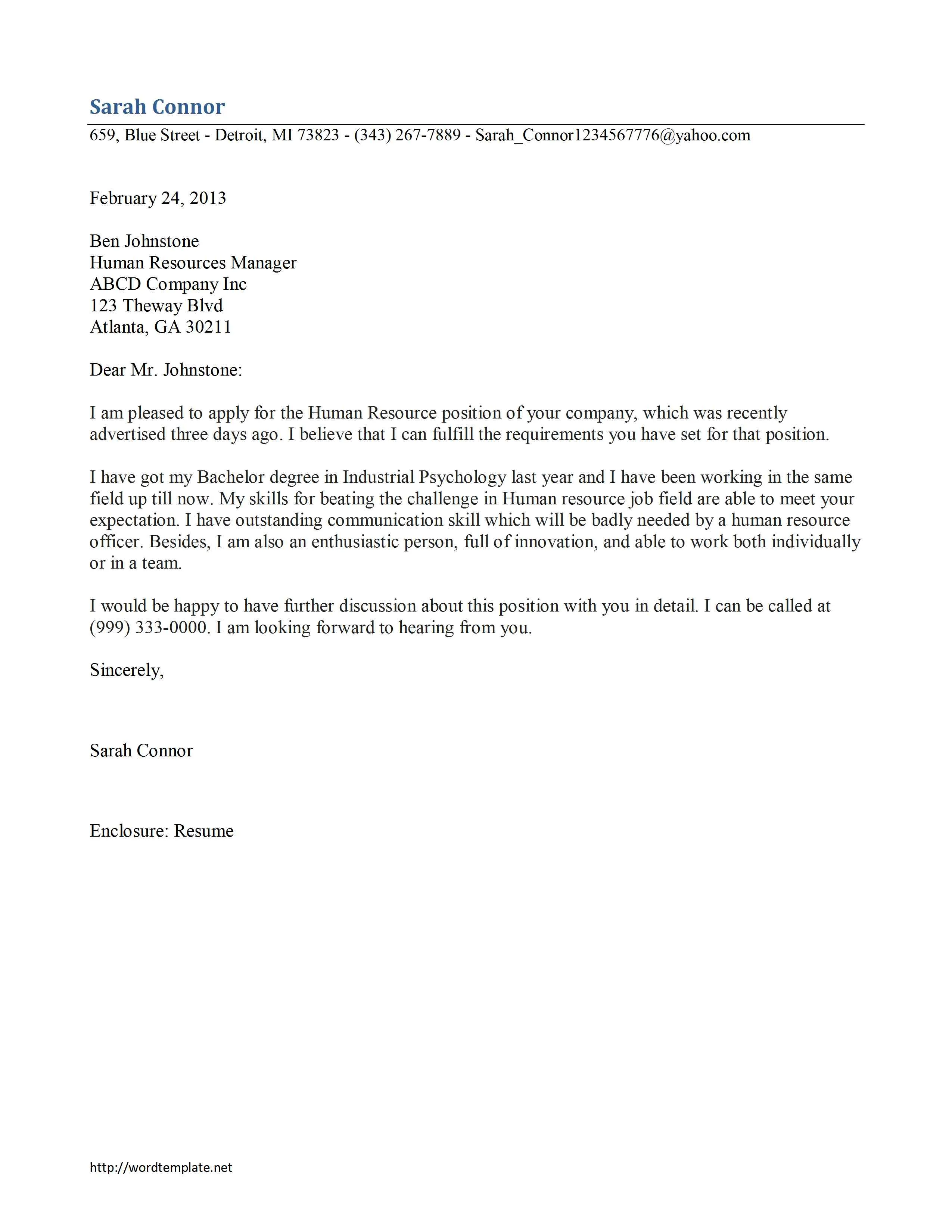
The opening and closing paragraphs of your cover letter are crucial for making a strong first and last impression. Your opening should grab the reader’s attention and clearly state the position you’re applying for. Briefly explain why you’re interested in the role and the company. A compelling opening can immediately showcase your enthusiasm and set the tone for the rest of your letter. In your closing paragraph, summarize your qualifications and reiterate your interest in the position. Thank the hiring manager for their time and consideration, and include a call to action, such as expressing your availability for an interview. Proofread these paragraphs carefully, as they are essential for leaving a positive impression on the hiring manager. Always show your enthusiasm and appreciation, and express your interest in a follow-up conversation.
Common Mistakes to Avoid
Several common mistakes can undermine the effectiveness of your HR cover letter. One of the most significant is not tailoring your letter to the specific job or company. Other common errors include typos, grammatical errors, and generic language. Avoid simply repeating your resume; your cover letter should offer new insights and expand on your experiences. Do not include irrelevant information. Make sure you address the letter to the hiring manager by name. If you don’t know the name, do your research, or contact the HR department. Avoid using clichés or jargon that might not resonate with the hiring manager. A poorly written cover letter can quickly disqualify your application, so make sure to review it thoroughly before submitting it.
Generic vs. Personalized Content
Generic cover letters are often a sign of a lack of interest or effort. They fail to capture the attention of hiring managers and demonstrate that the applicant has not taken the time to understand the role or the company. In contrast, personalized content shows that you’ve researched the company, understand the job requirements, and are genuinely interested in the position. Customizing your cover letter helps you create a strong first impression and highlights the specific skills and experiences that make you a great fit. Tailoring your letter to the needs of each organization shows that you are committed to your career and dedicated to becoming a key team member. Personalization is a crucial step in getting your foot in the door and increases the chances of securing an interview.
Typos & Grammatical Errors
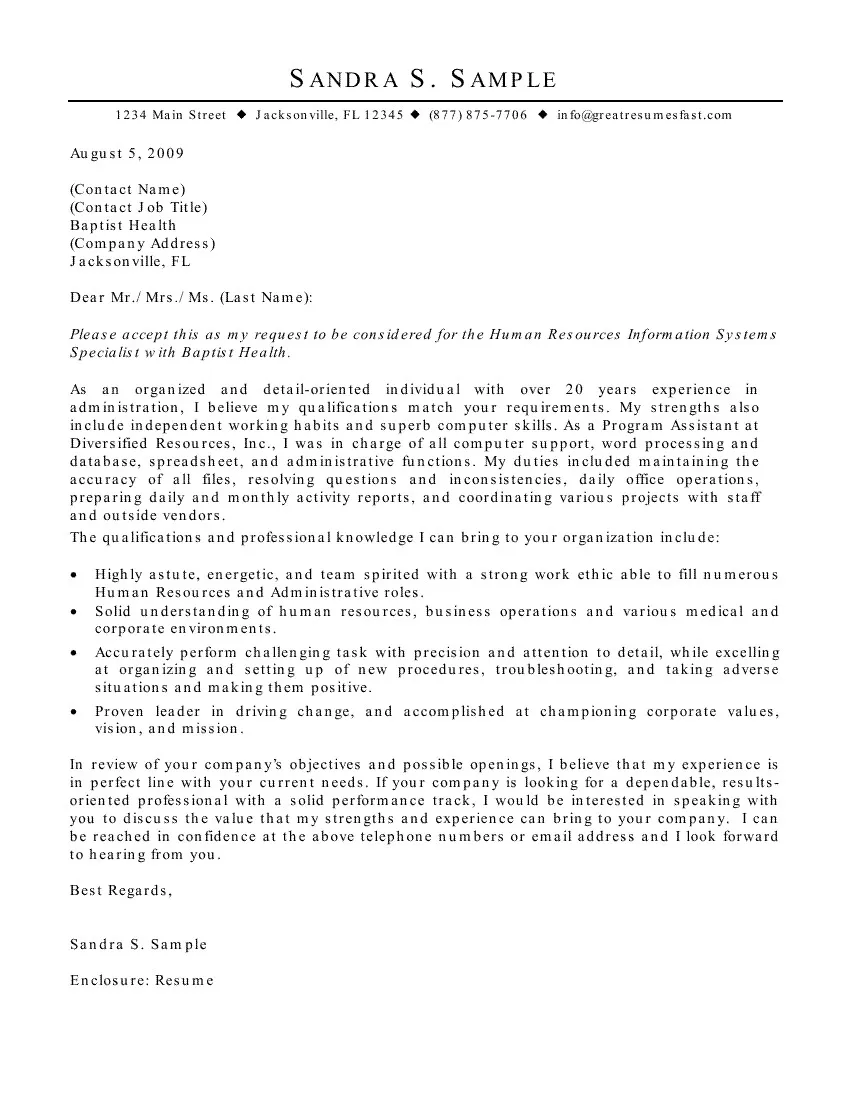
Typos and grammatical errors can be detrimental to your application and create a negative impression of your attention to detail and professionalism. Errors signal that you’re not careful or thorough. Before submitting your cover letter, proofread it carefully for any mistakes. Use spell check and grammar check tools, and consider asking a friend or family member to review your letter. Reading your cover letter aloud can help you catch any errors that you might have missed while reading silently. Taking this extra step can significantly improve your chances of success by showing that you are detail-oriented. It also shows that you care about your application. This is especially important for HR positions because communication and attention to detail are vital skills.
The Call to Action in Your HR Cover Letter
A clear call to action is essential for encouraging the hiring manager to take the next step in the hiring process. In your closing paragraph, express your interest in the HR position and your enthusiasm for the opportunity. State that you are available for an interview and provide your contact information. Be specific and let the hiring manager know how they can reach you. You can also mention your interest in discussing your qualifications in more detail. Ending your cover letter with a call to action demonstrates your proactive approach and your interest in the position. Always include your contact information in your letter so the hiring manager can easily contact you.
Examples of Strong HR Cover Letters
Reviewing examples of strong HR cover letters can provide valuable inspiration and guidance. Look for examples that demonstrate how to effectively highlight relevant skills, quantify achievements, and tailor your letter to the specific job description. Pay attention to the language, tone, and formatting used in these examples. Observe how they are structured and how they use action verbs and specific examples. By studying these examples, you can gain insights into what works well and learn how to create a compelling HR cover letter that stands out from the crowd. Many websites offer templates and samples of cover letters. These samples will help you understand what a successful application includes.
HR Cover Letter Template and Tips
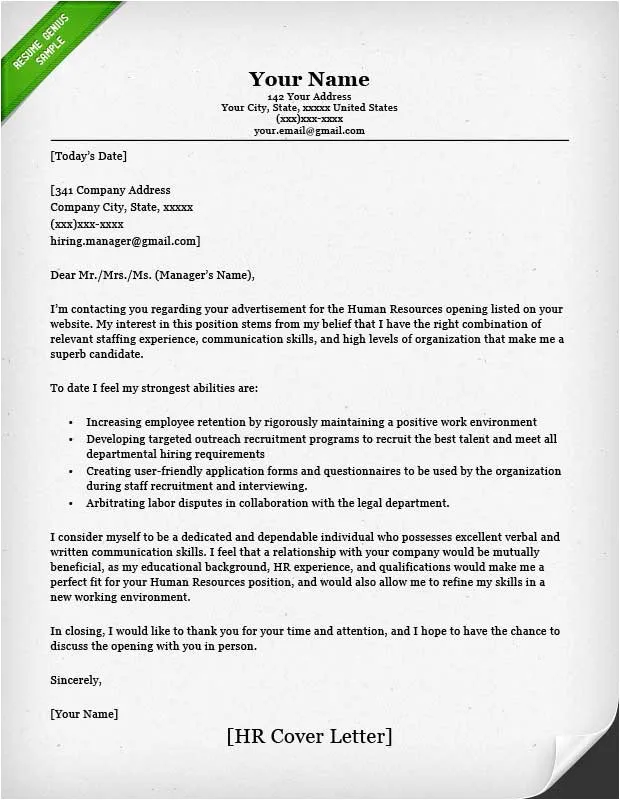
Using a template can help you structure your HR cover letter and ensure that you include all the essential elements. Start with a basic template and then customize it to fit your specific experience and the job requirements. Consider using a template that has clear sections for the introduction, skills and experiences, and closing. When using a template, make sure to personalize it to match your skills and the specific HR position you’re applying for. Tailor the language and tone to reflect the company’s culture and values. Incorporate the insights and tips you’ve learned from your research and the examples you’ve studied. A well-crafted template will help you organize your thoughts and create a cover letter that gets noticed. Always focus on personalizing it to make it unique.
Reviewing and Refining Your Cover Letter
After writing your HR cover letter, it’s important to review and refine it carefully. Read your letter aloud to catch any awkward phrasing, grammatical errors, or typos. Check to make sure that your letter is easy to read and understand. Ask a friend, family member, or career counselor to review your letter and provide feedback. Make sure your cover letter is free of jargon and that your sentences are clear and concise. Review your content to ensure that it accurately reflects your skills and experience. Refine your letter to ensure that it meets the job requirements. A polished cover letter shows the hiring manager that you’re detail-oriented, thorough, and committed to producing high-quality work.
Proofreading for Perfection
Proofreading is the final and most crucial step in the cover letter writing process. Carefully proofread your cover letter for any errors. This includes checking for typos, spelling mistakes, and grammatical errors. Make sure your letter is easy to read and easy to understand. Also make sure all of your contact information is accurate. It may be helpful to review your resume and the job description as you proofread your cover letter to ensure that the information you provide is correct and consistent. Proofreading is vital to making a good first impression. Always make sure your cover letter is error-free before submitting it.
